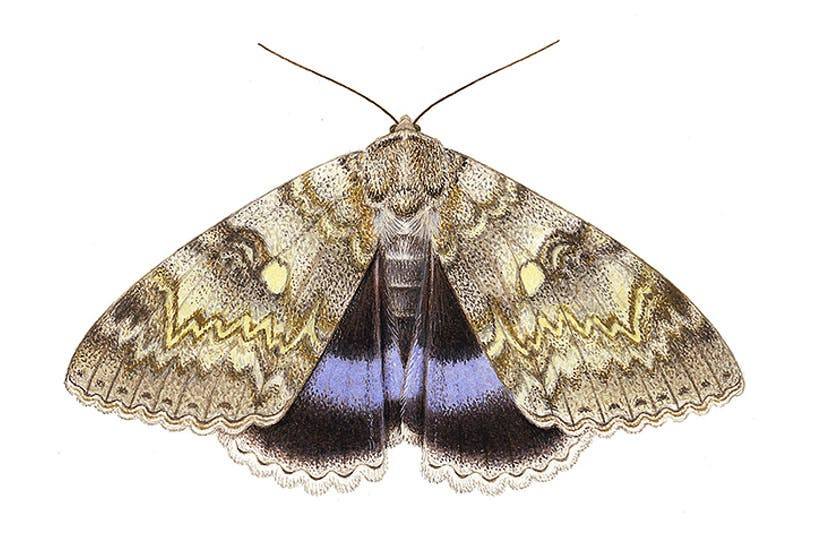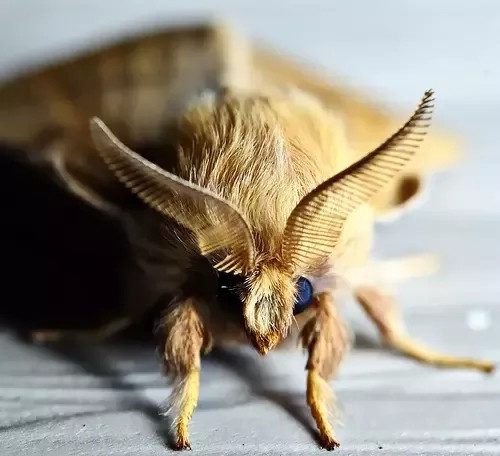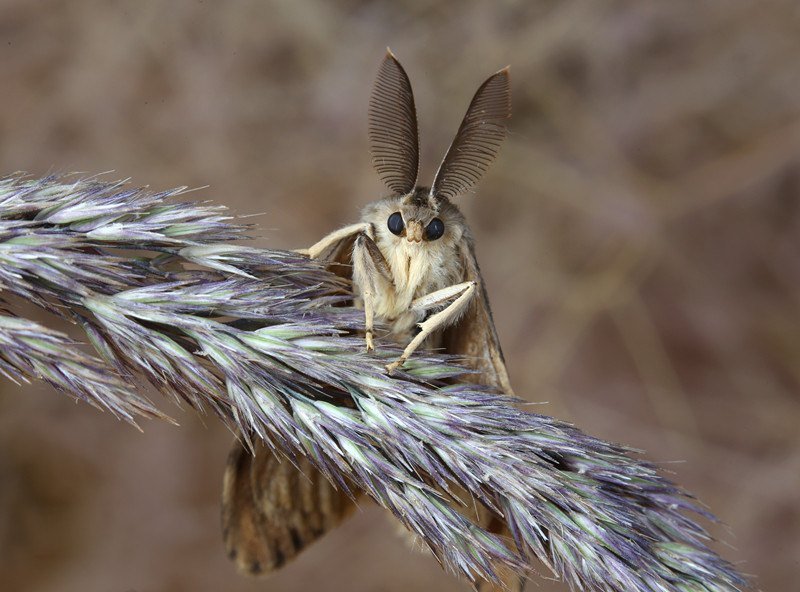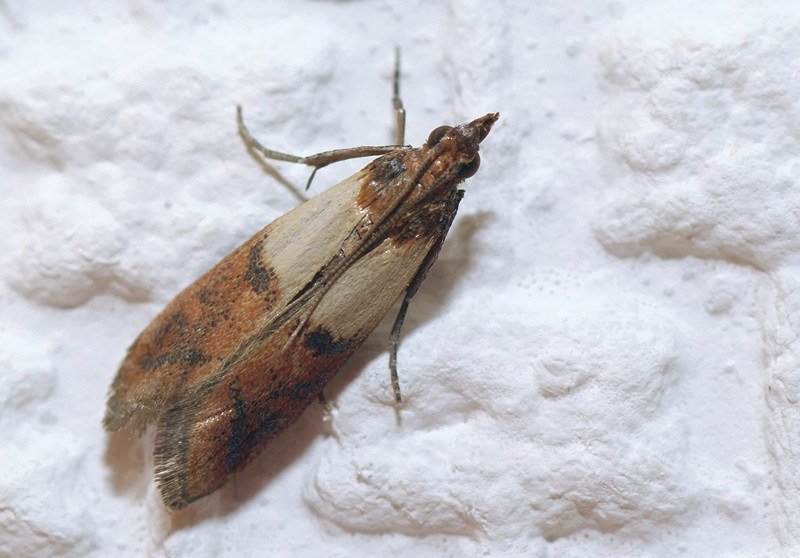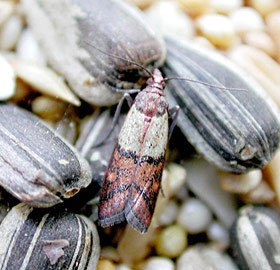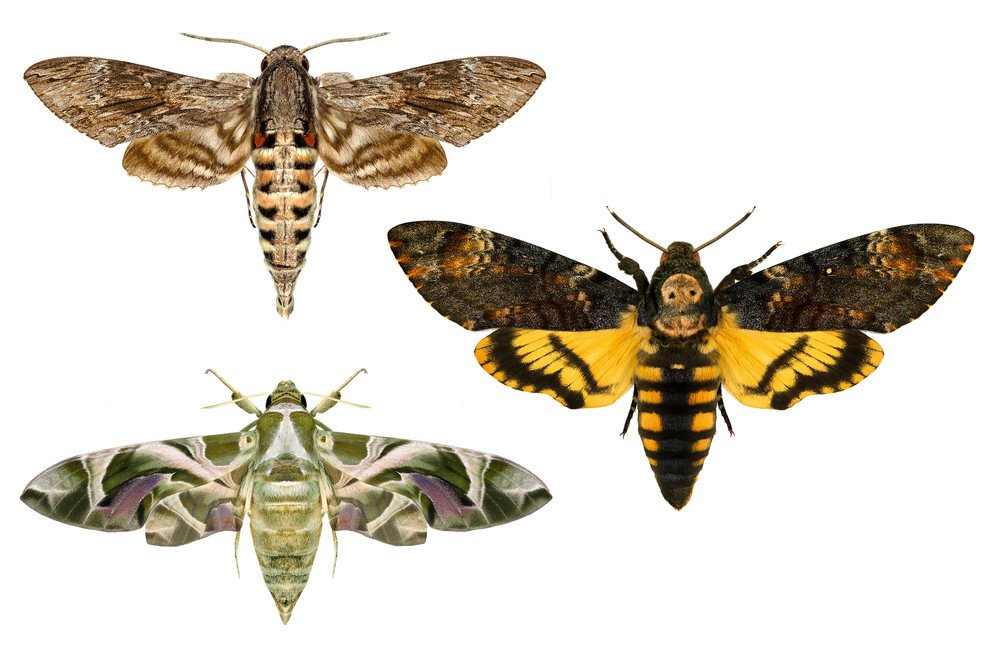There are a number of reasons to dislike these drab-hued cousins of butterflies (I mean moth). As the temperature gets humid and moderate, they start seeking the best opportunity to invade your property. Once these Indoor infesting moths are your housemates, the most common household problems you are going to face include—holes in your natural fiber dresses (the woolen, furry and silky), carpets infested with moths’ eggs, discolored clothing, small webs and cocoons on your outfits or in the corner of wardrobes, moth’s dropping and a damp smell in different areas (dark and less airy) of your house.
8 Ways to Control Moth Infestation (at Home)
Many times people may compare moths with butterflies. Yes, they are somewhat similar to butterflies or can be thought of as first cousins and belonging to the same family with few lines of differences amongst them. You can easily differentiate the moths from butterflies by having a look at their antennas. Butterflies have a clubbed …




